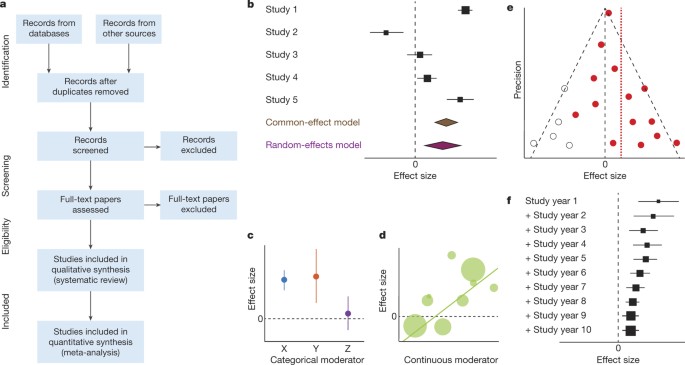

Typical signs and symptoms based on confirmed PCR, which generally develop 5–6 d after infection (range 1–14 d), consist of fever, dry cough, fatigue, sputum production, shortness of breath, sore throat, headache, dizziness, myalgia or arthralgia, chills, nausea or vomiting, nasal congestion, diarrhea, hemoptysis, and conjunctival congestion. 2 The disease contains nonspecific symptoms, and its presentation ranges from no symptoms to severe pneumonia and death. The polymerase chain reaction (PCR) is a diagnostic test of COVID-19, which consists of the collection of upper respiratory samples via nasopharyngeal/oropharyngeal swabs. 1, 2 SARS-CoV-2, which is a novel CoV from the same family, presents flu-like symptoms. 1, 2 On January 30, 2020, the World Health Organization (WHO) officially declared the epidemic caused by SARS-CoV-2, CoV disease 2019 (COVID-19), as a public health emergency of international concern.

During the past two decades, several viral epidemics such as the severe acute respiratory syndrome coronavirus (SARS-CoV), H1N1 influenza, and the Middle East respiratory syndrome coronavirus (MERS-CoV) have been reported.


 0 kommentar(er)
0 kommentar(er)
